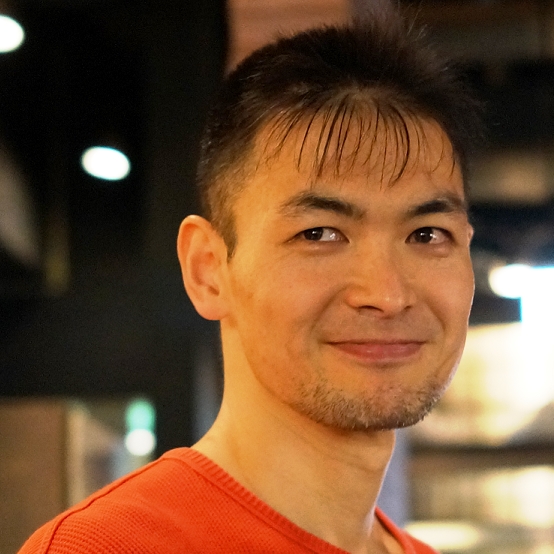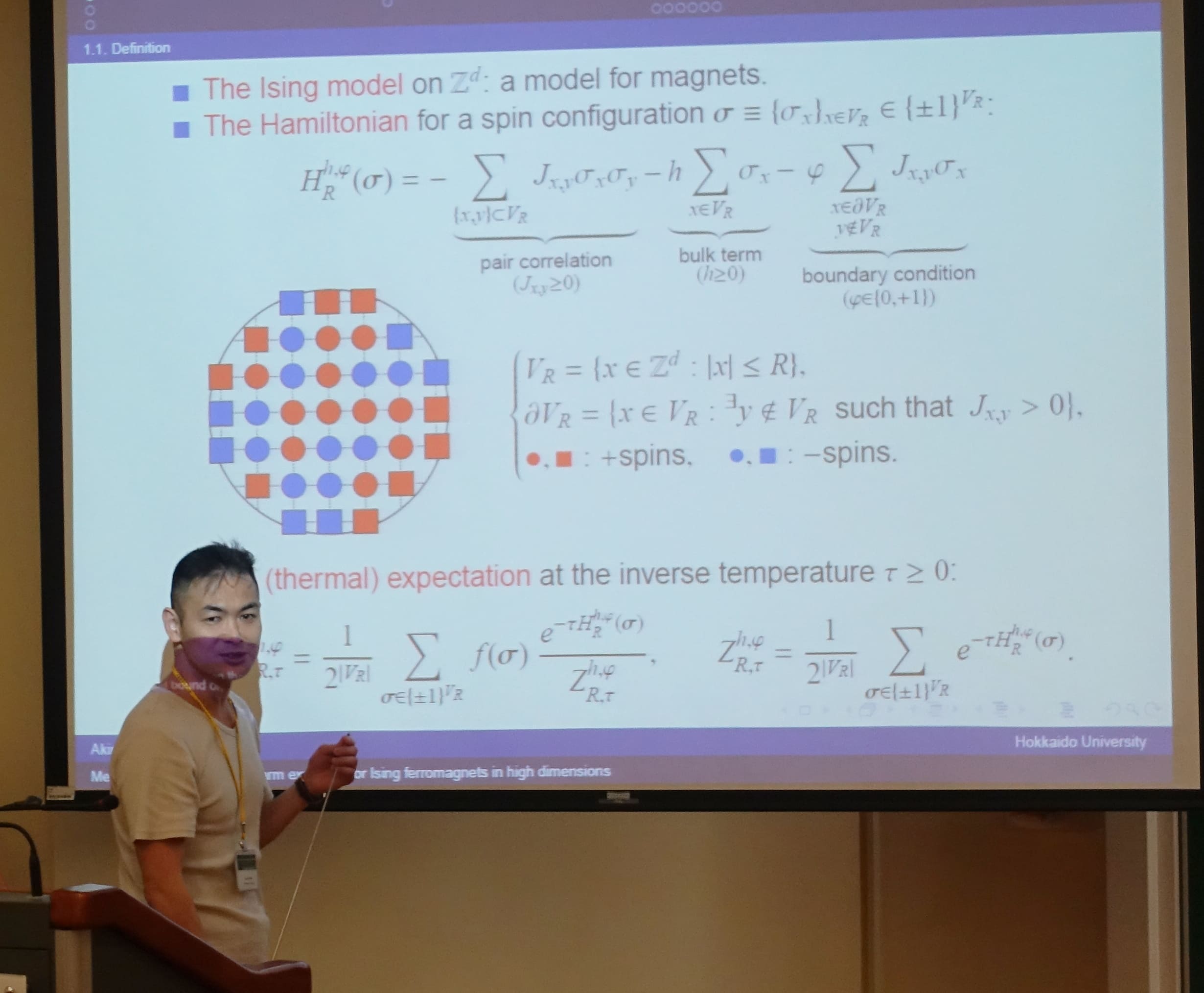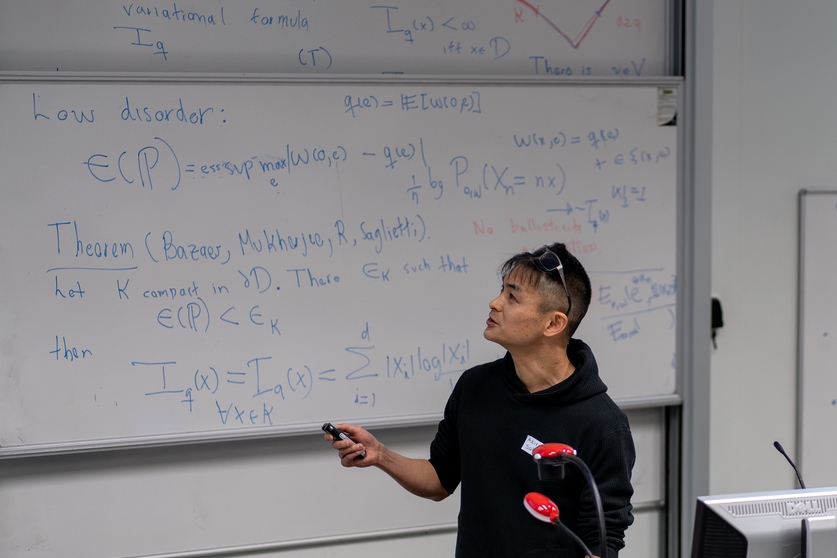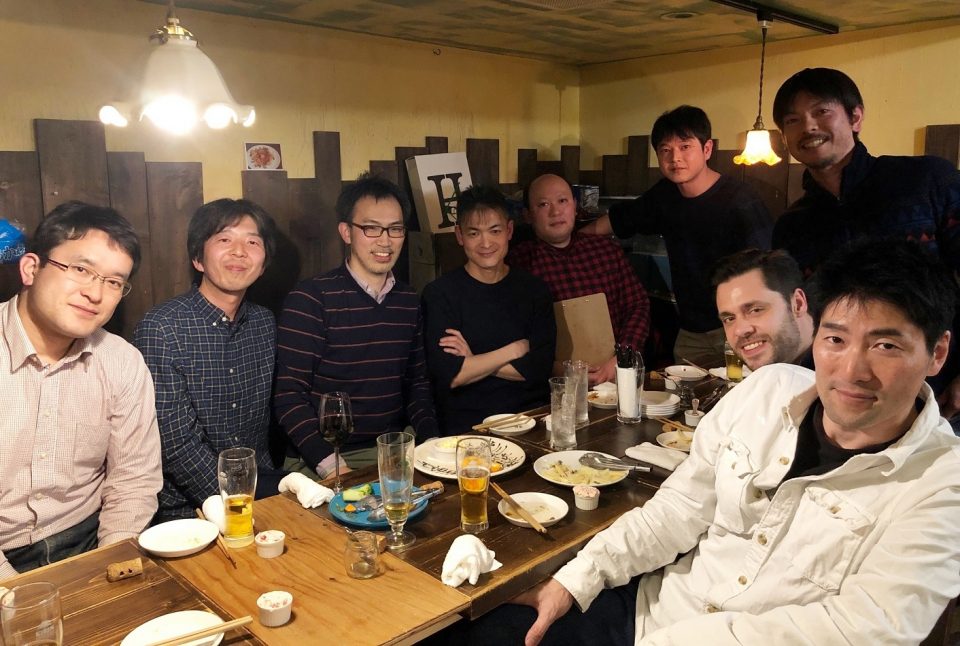SAKAI Akira
Professor
Challenge to the mystery of interacting many-body systems
Department of Mathematics, Mathematics

| Theme | Rigorous analysis of phase transitions and critical behavior by using, e.g., the lace expansion; Evaluation of solutions to optimization problems by using the Ising model |
| Field | Probability, Statistical mechanics, Mathematical physics |
| Keyword | Phase transitions, Critical phenomena, Optimization problems, Interacting many-body systems, The Ising model and other spin systems, Random walk and self-avoiding walk, Percolation, The lace expansion |
Representative Achievements
A. Sakai,
Commun. Math. Phys., 392, 783–823 (2022).
L.-C. Chen, A. Sakai,
Commun. Math. Phys., 372, 543–572 (2019).
A. Sakai,
Commun. Math. Phys., 336, 619–648 (2015).
L.-C. Chen, A. Sakai,
Ann. Probab., 39, 507–548 (2011).
A. Sakai,
Commun. Math. Phys., 272, 283–344 (2007).

| Affiliated academic society | The Mathematical Society of Japan |
| Project | CREST ``Steering Toward Spatio-Temporal Computing Architecture Driven by Learning/Math-Scientific Models" JSPS KAKENHI ``Rigorous analysis for high-dimensional critical behavior and crossover phenomena in mathematical models" |
| Room address | Science Bldg #3 3-513 |




